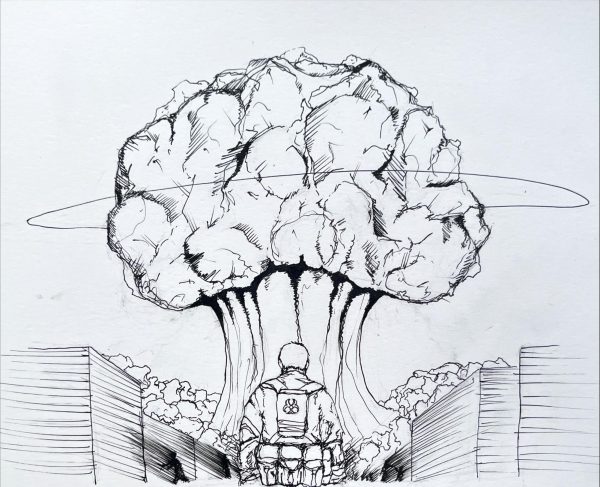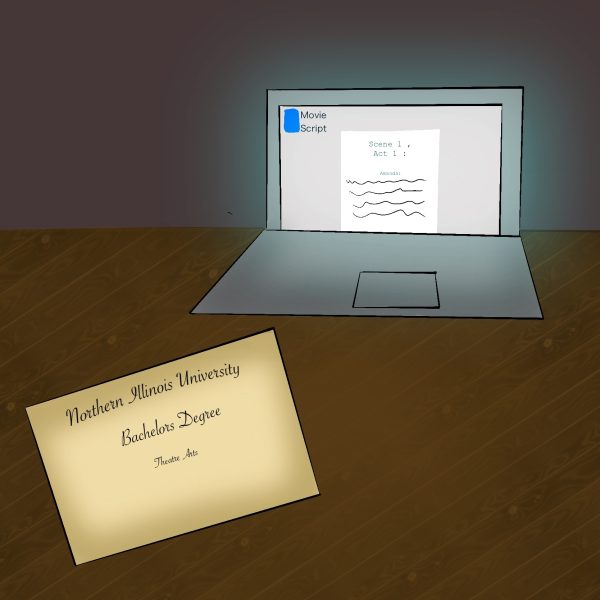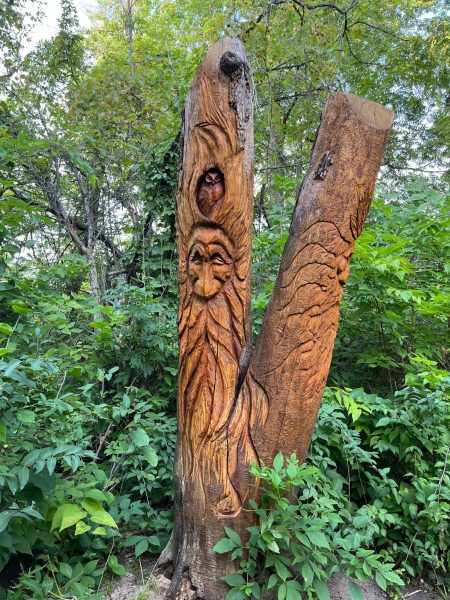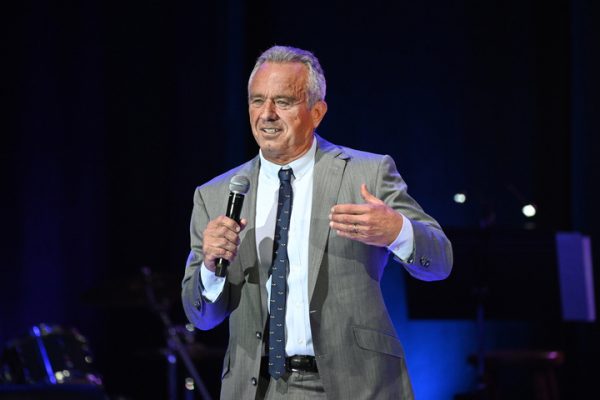Navajo take shot at American Dream
November 19, 1987
When Peter MacDonald, head of the largest and fastest growing of the American Indian tribes, says he’s ready to take on 20th century America, he means business.
Business as in commerce, as in free enterprise—as in the American dream.
e says his people have had enough of federal protection that protects them not only from exploitation but from participation in economic development.
For a people whose language has no word for free enterprise, it is a gamble of enormous proportions. At risk is not merely the possibility of failure, but the very culture of the Navajo. But the leaders have decided that embracing what used to be disparaged as “white man’s ways” might be necessary for economic salvation.
At the National Press Club last week, MacDonald announced the Navajo’s “flagship enterprise”: a joint venture with Oleg Cassini, who will license his fashion and jewelry designs for Navajo manufacture and also help them plan and design a luxury resort to exploit the natural beauty of Navajo lands.
“For nearly 100 years we have built barriers to shield us from business,” MacDonald said. “As chairman of the Navajo nation, from 1970 to 1982, I helped to build the bureaucracy and regulations that keep business out.”
“But having been out for four years (as a private-sector engineer) looking at how free enterprise works, I come back to the chairmanship with a new perspective as to what we can and must do.”
What the Navajo must do is learn to exploit their natural and human resources.
“We have a great number of resources and assets—more than most corporations,” MacDonald said. “We have a large land base with rich reserves of coal, uranium, oil and natural gas; we have a stable labor force of hard-working people known for precision skills and meticulous craftsmanship; we have unlimited natural beauty. There is only one Grand Canyon, and we have it. Canyon de Chelly, Monument Valley, the Painted Desert, the Petrified Forest—all of these are on Navajo land. But we have never attempted to tap these resources.”
“In the 1970’s thinking, we thought what we would need to do was to go to EDA, SBA, or BIA (Economic Development Administration, Small Business Administration, Bureau of Indian Affairs) … and say, please give us some money because we want to establish a resort here or a marina there or whatever. But that’s not the way America works. They go to the bank. So I said to myself, why don’t we go to the bank? Look at all this potential for huge profit for some entrepreneur.”
In addition to exploiting the natural advantages of a land base larger than Massachusetts, New Hampshire, Connecticut, Rhode Island and Delaware combined, MacDonald hopes to replace such Third World sites as Taiwan in the manufacture of components for American products.
MacDonald says they are ready. “The Navajo people are very adaptive. We have adapted from sheep herding and agriculture to the 8-to-5 work culture. … I believe the spirit it takes for (ranching) is not too different from what you must do to run a service station or a grocery store or several apartments.”
e acknowledges the risk but insists, given the depressed price of oil and gas and the threat of Gramm-Rudman-Hollings reductions in federal aid to the reservations, the Navajo have little choice but to take a chance.
“Really, there are only three choices,” he said. “We can choose to let our people (population 200,000, median age 18) continue to be unemployed and succumb to alcoholism, drug abuse and even suicide; we can let our educated people leave the reservation for jobs, depriving us of the brightest of our people—a brain drain; or we can do what I’m doing now—bring in jobs and enterprise to the reservation.
“We are the first Americans. We want a chance to reach the American Dream.”












